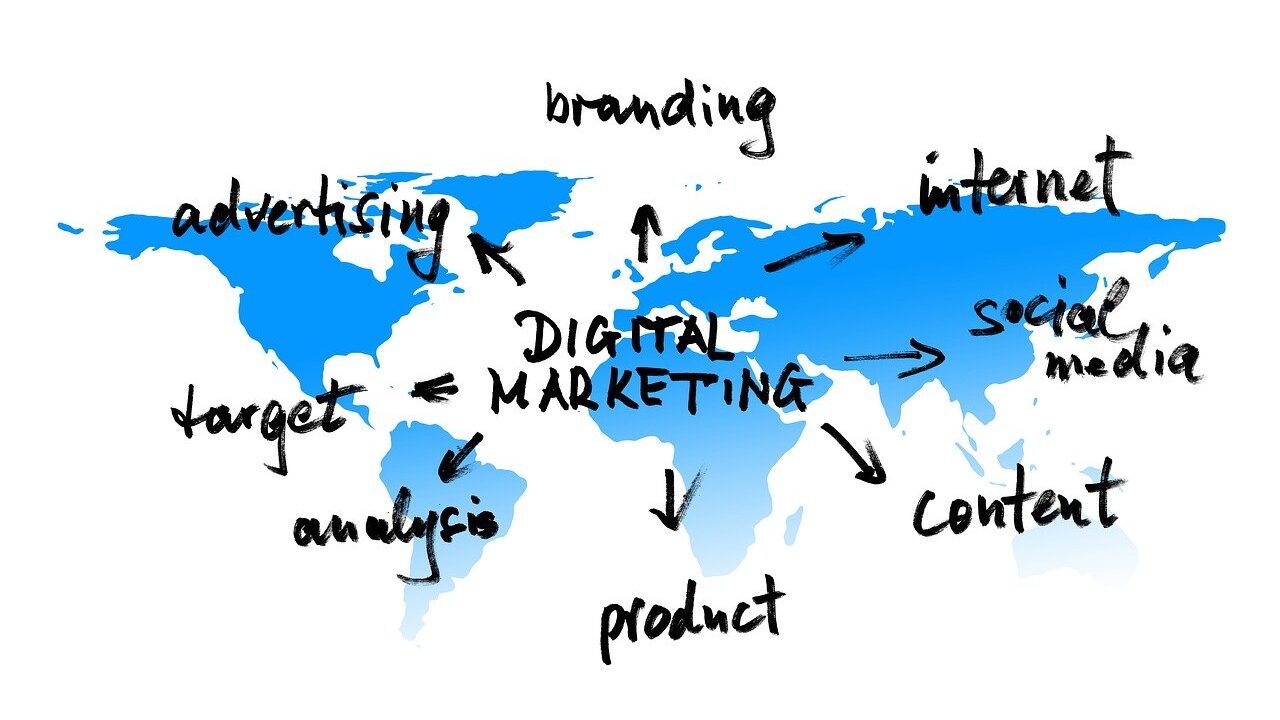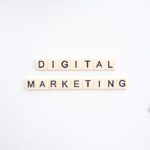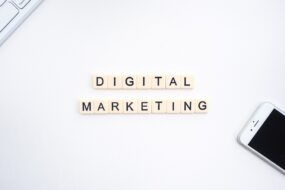
Digital Marketing vs. Traditional: Key Differences
Marketing has always been about grabbing attention and making people remember you, but the way we do it has changed drastically. Traditional marketing is what businesses have relied on for decades—TV ads, newspapers, billboards, and direct mail. Digital marketing, on the other hand, is all about using the internet to reach people through websites, social media, email, and search engines.
If you’ve ever wondered, “Which is better?”, the answer is: It depends on who you’re targeting and what your goals are. But one thing is clear—digital marketing gives businesses more control, better targeting, and measurable results. Let’s break it down further!
1. Cost & Reach – Who Wins the Budget Battle?
Imagine you own a new coffee shop and want to attract customers. You could pay thousands for a newspaper ad that reaches thousands of people, most of whom don’t even drink coffee. Or, you could spend a fraction of that money on a Facebook ad targeted specifically at local coffee lovers who follow café pages.
That’s the magic of digital marketing—you only pay to reach people who actually care about your business instead of throwing money into the marketing void. Traditional marketing is like handing out flyers in a crowded mall, hoping the right person picks one up. Digital marketing is like sending an invite directly to coffee lovers in your area—it’s personal, direct, and much more effective.
2. Engagement & Interaction – Talking With vs. Talking At
One of the biggest drawbacks of traditional marketing is that it’s a one-way conversation. You run an ad, people see it, and that’s it. There’s no real way to know what they think unless they call or visit you. It’s like shouting through a megaphone and hoping someone listens.
Digital marketing flips the script—it’s all about engagement. With social media, emails, and website content, you can interact with your audience in real time. Someone can comment on your Instagram post, ask a question, and get an instant reply. You can even track what content people love the most and adjust your strategy on the fly.
Imagine posting a poll on Instagram: “What’s your favorite coffee—Espresso or Cappuccino?” You instantly get feedback, creating a fun connection with your audience. In the traditional world, you’d have to run a costly survey and wait weeks for results!
3. Measurable Results – Know What Works & What Flops
If you place a giant billboard on a highway, how do you know if it actually helped your business? You don’t. Maybe people noticed it, maybe they didn’t. You just hope for the best and move on. That’s how traditional marketing works—you spend money, cross your fingers, and hope sales increase.
Digital marketing, however, is a data-driven powerhouse. With tools like Google Analytics, social media insights, and email tracking, you can see exactly how many people visited your website, clicked on your ad, or read your email. It’s like having a superpower that tells you what’s working and what’s a waste of money.
Let’s say you run an online ad campaign. You can track:
How many people saw the ad (impressions), How many clicked on it (click-through rate), How many actually bought something (conversion rate)
This real-time feedback helps you tweak your marketing strategy on the go, ensuring you get the best results without wasting money.
Building a Marketing Strategy from Scratch
Starting a marketing strategy from scratch might sound overwhelming, but don’t worry—I’ve got you! Whether you’re launching a business, a blog, or a personal brand, having a solid strategy is the key to success. The good news? You don’t need a marketing degree to create a winning plan. You just need clarity, consistency, and a bit of creativity!
So, let’s break it down step by step—no fluff, just practical tips to get you started. 🚀
1. Know Your Audience – Who Are You Talking To?
Before you start marketing, you need to figure out who you’re talking to. If you try to sell to everyone, you end up selling to no one. The best marketing strategies are built around a specific audience—people who genuinely need and want what you offer.
Start by asking yourself:
🔹 Who is my ideal customer? (Age, interests, problems, goals)
🔹 Where do they hang out online? (Instagram? Google? TikTok?)
🔹 What problems do they need help with? (The bigger the problem, the more valuable your solution.)
For example, if you’re selling skincare products for teenagers, your marketing should be fun, visual, and TikTok-friendly. If you’re offering financial consulting for businesses, LinkedIn and email marketing are better choices. Knowing your audience saves you time, money, and effort.
2. Set Clear Goals – What Do You Want to Achieve?
Marketing without a goal is like throwing darts blindfolded—you might hit something, but probably not the target. You need clear, measurable goals to know if your strategy is working.
Here are a few good marketing goals to aim for:
Increase website traffic (Great if you’re focusing on SEO and content marketing.)
Get more social media followers (Best for building brand awareness.)
Generate more leads and sales (A must if you’re running paid ads or email campaigns.)
Once you set your goals, make them SMART:
Specific – “I want 1,000 website visitors per month.”
Measurable – Track your progress with analytics tools.
Achievable – Be realistic! Going from 0 to 1 million followers overnight won’t happen.
Relevant – Make sure your goal aligns with your business.
Time-bound – Set a deadline to track progress.
With clear goals, you always know where you’re headed and when to adjust your strategy.
3. Choose Your Marketing Channels – Where Will You Show Up?
Not all marketing channels work for every business. You need to pick the ones that fit your audience and goals. Let’s look at some of the best options:
📢 Social Media Marketing – Great for engaging with people and building a loyal following. Perfect for brands that rely on visuals and storytelling.
🔎 Search Engine Optimization (SEO) – A long-term strategy that helps your website rank higher on Google. Ideal if you want free, organic traffic.
✉️ Email Marketing – One of the most effective ways to build relationships and convert leads into customers. Great for eCommerce and service-based businesses.
📝 Content Marketing – Writing blogs, creating videos, or making infographics to attract and educate your audience. A must-have for SEO and brand authority.
💰 Paid Advertising – Running Facebook, Google, or Instagram ads for quick results. Best if you have a budget and want fast traffic.
Choose two or three channels to start with, then expand once you see what’s working. Spreading yourself too thin won’t get results.
4. Create a Content Plan – What Will You Say?
You now know who you’re targeting, what your goals are, and where you’ll market. The next step? Deciding what to say.
Your content should do at least one of these three things:
✅ Educate – Teach your audience something useful. Example: “How to Boost Your Instagram Engagement in 30 Days.”
✅ Entertain – Make it fun! Example: “The Funniest Social Media Fails (And What You Can Learn from Them).”
✅ Inspire – Motivate your audience. Example: “How One Blogger Went from 0 to 100,000 Followers in a Year.”
The key to a great content plan? Be consistent! Whether you post daily, weekly, or bi-weekly, make sure you show up regularly so your audience knows what to expect.
5. Track, Analyze, and Improve – Is It Working?
The best marketers don’t just create content and hope for the best—they track everything. If you’re not analyzing your results, you’re flying blind.
Use these simple tools to track progress:
Google Analytics – See how many people visit your website and where they come from.
Social Media Insights – Check which posts are getting the most engagement and adjust your strategy.
📊 Email Metrics – Open rates and click-through rates tell you if your emails are effective.
If something isn’t working, don’t panic! Marketing is all about testing, tweaking, and improving. Maybe your Instagram posts get more engagement than Facebook, or your blog posts rank higher with long-tail keywords. Adjust, refine, and keep going!









